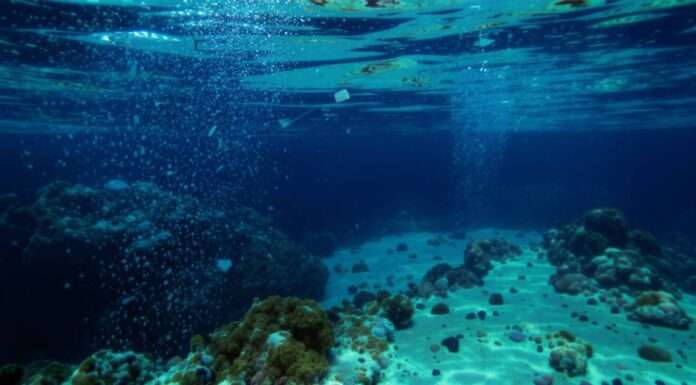Ocean Plastics: The Alarming Scale of Microplastic Pollution
Plastic pollution has invaded our oceans on a staggering scale. According to a recent study published in *Nature Communications* (https://www.nature.com/articles/s41467-023-36479-z) microplastics have infiltrated even the deepest ocean trenches, reaching concentrations higher than 1 million particles per square meter. These tiny fragments, resulting from the degradation of larger plastics, are ubiquitous in marine ecosystems. They affect not only the organisms that ingest them, but also the health of the oceans as a whole. With estimates of up to 12 million tons of plastic entering the oceans each year, the impact on marine biodiversity is colossal. Microplastics disrupt the biological functions of marine species, disturbing the food chain and reducing reproduction rates among many marine mammals.
The sources of this pollution are varied and often insidious. Synthetic textiles, cosmetics, and poorly managed waste significantly contribute to the proliferation of microplastics. The United Nations Environment Programme highlights in its report (https://www.unep.org/resources/report/plastic-planet-how-tiny-plastic-particles-are-polluting-our-soil)) that the dispersion of these particles is facilitated by ocean currents, which transport them thousands of kilometers.
The Impact of Plastics on Marine Ecosystems
Microplastics do not just float on the water’s surface. They embed themselves in marine sediments, disrupting the habitats of benthic organisms. According to research conducted by The Ocean Cleanup (https://theoceancleanup.com/research/),), these particles create new “plasticized ecosystems,” where species colonize non-biodegradable waste, thereby threatening native biodiversity. Contamination also extends to the food chain, affecting fish species that we consume daily.
Impacts on Biodiversity and Reproduction
The effects of microplastics on marine wildlife are alarming. Particles can cause intestinal obstructions, reduce reproductive capacity, and even trigger behavioral changes in certain species. Marine mammals, such as dolphins and whales, are particularly vulnerable. Ingestion of microplastics can lead to inflammation and infections, compromising their long-term survival.
Emerging Solutions for a Global Problem
In the face of this crisis, several pollution control technologies are emerging. Among them, the Ocean Cleanup project stands out for its aim to clean up ocean gyres. However, critics point out that these initiatives do not address the root of the problem: excessive plastic production. Plastic-eating bacteria, although innovative, still require research to assess their large-scale effectiveness.
Politically, national bans and international policies are being implemented to reduce the use of single-use plastics. However, their enforcement remains uneven. The exploration of bio-based and biodegradable plastics represents a promising alternative, but it must be accompanied by significant behavioral changes, such as adopting bulk economy and a general reduction in plastic consumption.
The fight against ocean plastics is complex and requires collective mobilization. We must combine technological innovation, political actions, and individual accountability to preserve the health of our seas and ensure a sustainable future for future generations.
Sources
https://www.unep.org/resources/report/plastic-planet-how-tiny-plastic-particl…
https://www.nature.com/articles/s41467-023-36479-z
https://theoceancleanup.com/research/
https://www.unep.org/resources/report/plastic-planet-how-tiny-plastic-particl…
https://www.nature.com/articles/s41467-023-36479-z
https://theoceancleanup.com/research/



